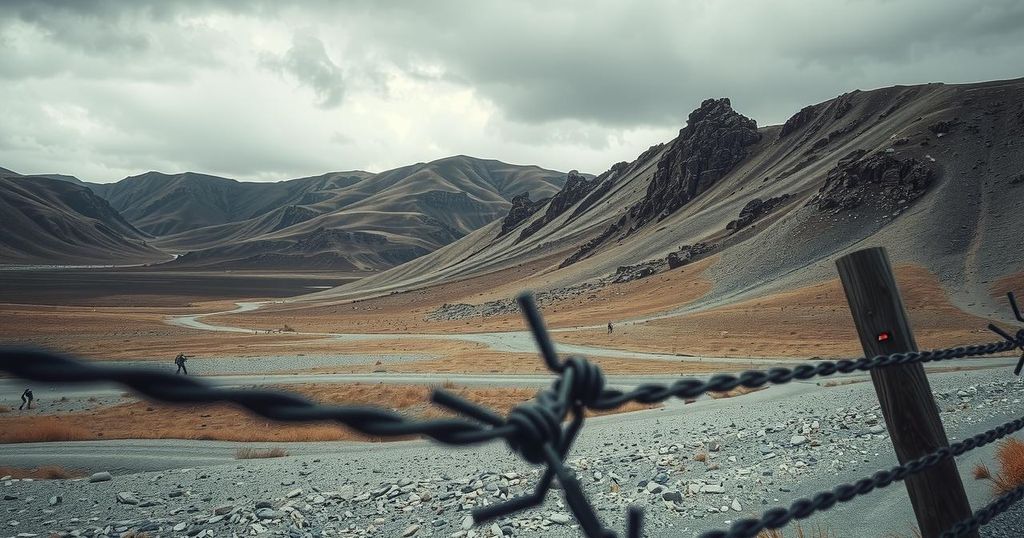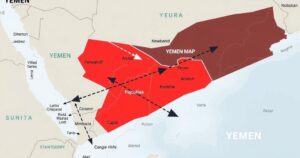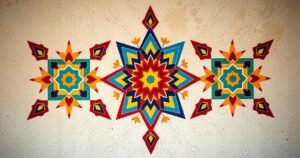The Complexity of the DRC Civil War: Ethnic Tensions and Global Dynamics

The civil war in eastern DRC is fueled by ethnic tensions, regional rivalries, and resource exploitation. The M23 rebellion represents a response to historical grievances faced by Tutsis, while neighboring countries are involved due to shared ethnic ties. The region’s vast mineral wealth exacerbates competition and violence, implicating global powers in the conflict. Without addressing these deep-rooted problems, peace will be elusive for DRC.
The ongoing conflict in eastern Democratic Republic of Congo (DRC) is intricately woven from ethnic strife, regional rivalries, competition for valuable resources, and global interventions. This multifaceted war cannot be attributed to a singular issue, but rather a combination of deeply rooted historical tensions and external influences.
At the core of the conflict lies ethnic division fostered during the colonial era, where imposed borders fragmented communities. Notably, the Tutsi population, powerful politically in Rwanda, faces systematic discrimination in the DRC. Many Tutsis have sought refuge in neighboring countries like Rwanda and Uganda, while those remaining in the DRC endure threats, marginalization, and violence.
The M23 rebel group, primarily composed of Tutsi fighters, asserts its legitimacy by claiming to defend their community’s rights. For many young recruits, joining the M23 is often a matter of survival rather than mere politics, as personal grievances push them toward armed conflict against government forces and their allied groups.
Geographical proximity further complicates the situation, as the DRC shares borders with nine nations, often uniting ethnic communities across these frontiers. Security and political interests prompt neighboring countries to intervene by supporting rebel factions or focusing on stabilizing their borders amidst rising tensions.
Countries such as Rwanda and Uganda see themselves as stakeholders in the conflict, at times supporting insurgences or suppressing them. Following the traumatic events of the 1994 Rwandan genocide, Rwanda takes preemptive actions, citing the need to protect Tutsis in the DRC and to combat remnants of groups responsible for past atrocities.
The mineral wealth of eastern DRC, containing valuable resources like coltan, gold, and cobalt, intensifies the conflict, transforming it into a high-stakes power struggle at a global level. The competition for control of these resources incites violence amongst local and foreign-backed armed groups, resulting in extensive suffering for the civilian population.
The involvement of international powers and multinational corporations exacerbates the strife; external financial and military support elevates the conflict’s intensity, making its resolution seem elusive. Civilians remain caught in conflict, facing displacement, loss of life, and destruction of their communities.
Currently, the M23 has united with other rebel factions to form a coalition, amplifying their resistance against the Kinshasa government and intensifying the prolonged conflict in the region. Addressing the intricate layers of ethnic tensions, resource exploitation, and foreign intervention is essential; otherwise, enduring peace will remain an unattainable goal.
In conclusion, the eastern DRC conflict embodies a complex interplay of ethnic, political, and resource-driven factors perpetuated by both regional and global dynamics. The ongoing violence and humanitarian crises are directly influenced by historical divisions and the competing interests of external entities. Until these underlying issues are comprehensively addressed, hopes for lasting peace in the region will remain distant.
Original Source: www.channel4.com








